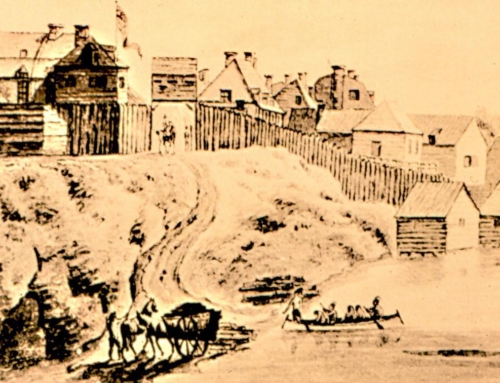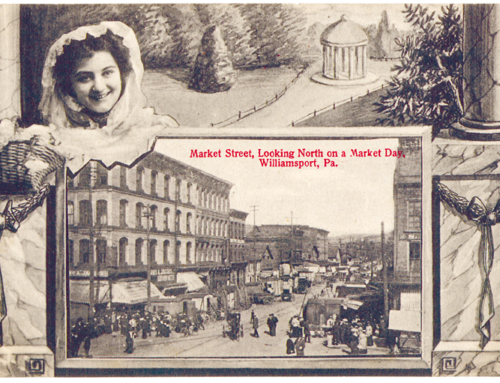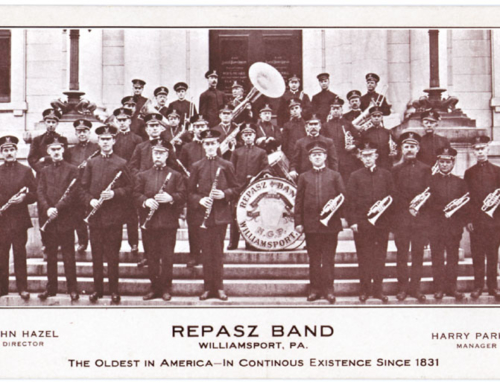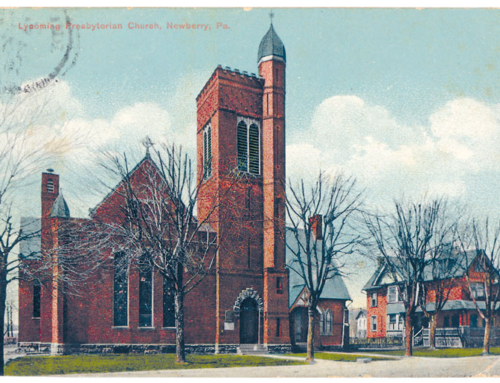When most people think of Peter Herdic they think of an industrialist, a wheeler-dealer and entrepreneur who had much with the development of Williamsport as a major economic center. Most people don’t think of him as a transportation innovator.

The method of conveyance developed in Herdic’s fertile mind flourished for a time, not only here in Williamsport but in Philadelphia and Washington, D.C. as well.
The first “Herdics” seated a total of eight passengers. They were painted a bright yellow and were soon nicknamed “canaries” because of that color scheme. They used a special axle that Herdic had patented.
When the “Herdics” or “canaries” were first used there was no streetcar service to Newberry or other streets other than Fourth Street on the east side of Lycoming Creek.
They traveled along the old horse railway lines in the city. Passengers paid a fare of five cents for their transport, if they were required to go into streets off the line in order to deliver their patrons that patron was assessed 10 cents. According to the Grit of Feb. 1, 1885 the fare schedule of the “Herdics” at that time were: one passenger, one mile, 25 cents; two passengers, one mile or a fraction thereof, 40 cents; three passengers, one mile or a fraction thereof, 50 cents; four passengers, one mile, 60 cents; and cabs by the hour, telephone connection, 75 cents.”
The “Herdics” went right to curbside and practically deposited their passengers at their doorsteps, which was an improvement over the previous horse car service.
Herdic brought his invention later in 1878, utilizing several hundred at one time but unfortunately, they never acquired much ridership. This was due, in large part, to the introduction of 16-passenger coaches.
He also brought his conveyance to Washington, where they were a little more successful. In fact several were still in use up to 1918. Some of the ones used in Washington were pulled by two horses and were able to hold more passengers.
The “Herdics” never were a financial bonanza for its inventor and could do nothing to save him from bankruptcies produced by the various financial panics of the era. This does nothing, however, to detract from the unique contribution that Peter Herdic made to mass transit, not only here but in other areas.
By Lou Hunsinger Jr., Williamsport Sun-Gazette










